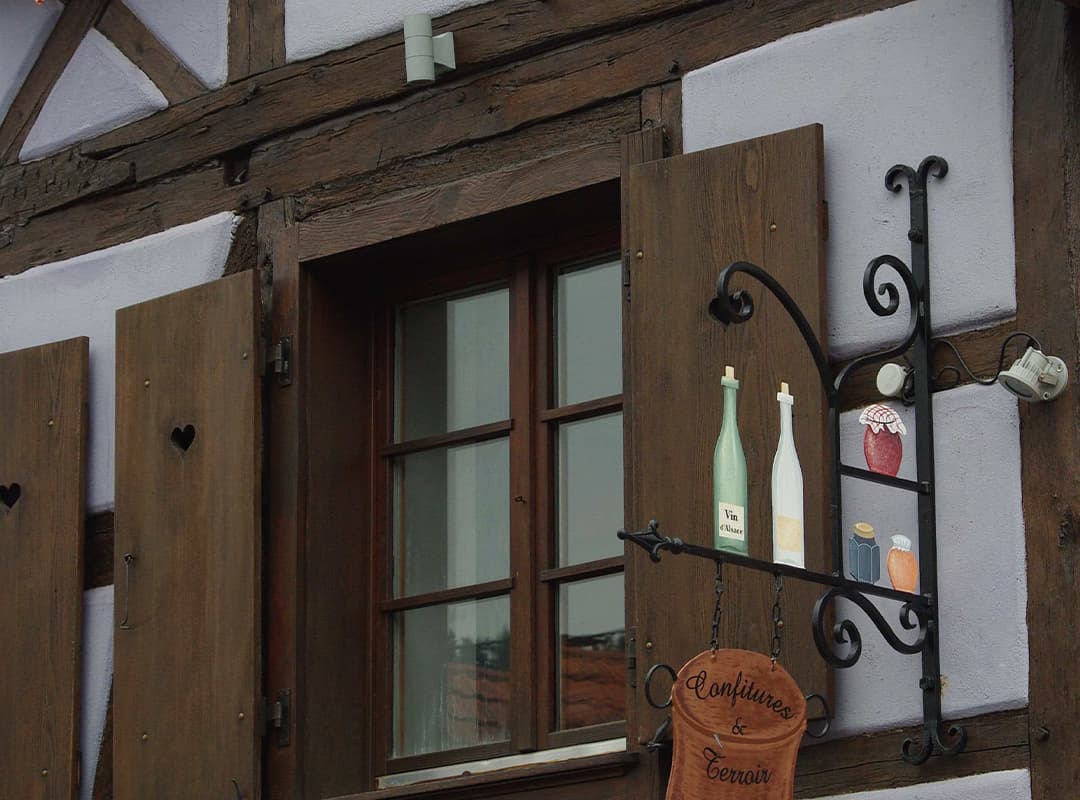People have been drinking alcohol for a very long time – so much so that the Code of Hammurabi, written around 1750s B.C., stipulates the death penalty for diluted beer. And along with alcohol in everyday life came places to buy and drink it.
Tavern – an inn, on the first floor of which there was a tavern, and on the second floor – a hotel for tired travelers and overdrinking visitors. The first taverns appeared in ancient Rome (the oldest now would be about 2100 years old) and were far ahead of hotels and restaurants.
Initially, taverns were visited by townspeople who did not have any social status – simply put, drunkards, rednecks and travelers who had nowhere else to go. Over time, there were different “classes” of establishments – from the lowest, caupona (caupona), where prostitution and other pleasures of ancient life flourished, to high-class meritoria (taberna meritoria), where there were already servants and decorated halls (however, prostitution was there too, this is ancient Rome).
Over time, taverns. “spread” around the world – first of all, they appeared in neighboring Greece and Spain, by XIV century reached France, by XVI – to Germany and England. And in the XVII century, the first tavern in the United States opened its doors.
In each country taverns underwent their own changes. In Greece, they played the role of restaurants or bars, some even hosted performances by actors and musicians. In France, however, their primary purpose was to welcome travelers, and the restaurant was an adjunct to the inn.
But throughout this time taverns were the center of social life: here met creative people, political elite, ordinary people and travelers from other cities and countries. Alcohol acted as a kind of “social glue” and helped to bind together the most diverse segments of the population. For example, in London’s Mermaid Tavern in the early 17th century, William Shakespeare met with other poets of the time – they even called themselves the mermaid club.
Taverns played a special role in colonial America – here they were not just a meeting place for drinkers, but by necessity also a post office, a shelter for religious communities and even a courtroom. Although men were the main visitors to taverns, women owned nearly half of them – they kept order, provided jobs, and used the money from the tavern to support other local businesses and help the economy grow.



